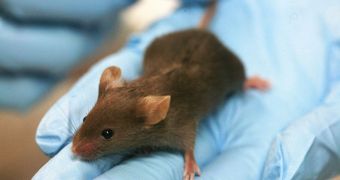According to a new, extensive review of several hundred studies, it would appear that studies detailing animal trials are about 30 percent more likely to show that a treatment works than the actual human trials that are carried on later. Researchers have noticed for a long time that a large discrepancy existed between the number of possible cures for various conditions developed in animal studies, and the actual drugs obtained from those particular researches. The recent investigation highlights that the difference is caused by the fact that negative animal test results often go unpublished.
The reviewers found that around 16 percent of all experiments conducted by research teams are not published in any journal. They say that the strong bias towards positive results may in fact be having more adverse effects than positive ones. Drugs reaching the human trial stage based on incomplete animal model data can affect the health of those involved, or even cause very severe complications. The new work looked at about 525 published scientific studies, Nature News reports.
Nearly 1,360 experiments were included in these investigations, which were all collected from the stroke-related database called Collaborative Approach to Meta Analysis and Review of Animal Data from Experimental Stroke (CAMARADES). The initiative was set up in 2004 by University of Edinburgh Center for Clinical Brain Sciences neurologist Malcolm Macleod. The expert is also the lead author of the new study. He says that the database was set up precisely because he observed the discrepancy between trial successes in animal models and humans. The study appears in the March 30 issue of the open-access scientific journal PLoS Biology, a magazine of the Public Library of Science.
To get a clearer picture of the scale of the bias, consider the fact that more than 500 treatments for stroke exist in animal models. Of these approaches, only two work in humans to variable extents, and namely early thrombolysis with tissue plasminogen activator and aspirin. According to the group that performed the review, only about a third of all positive results obtained in animal model testings translate to humans, generally speaking. The literature pertaining to many fields of science is incomplete, as it does not include references to studies with negative results.

 14 DAY TRIAL //
14 DAY TRIAL //